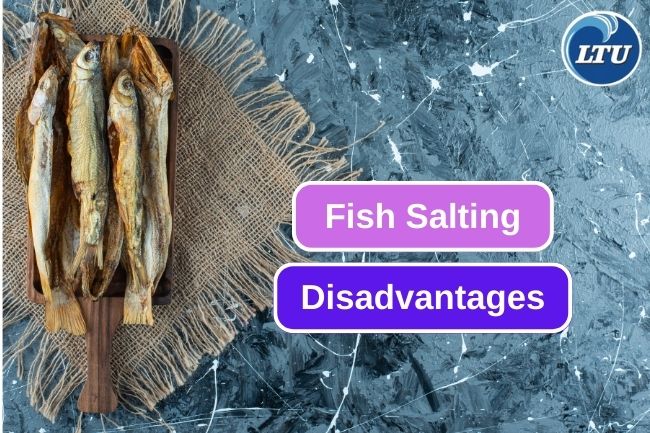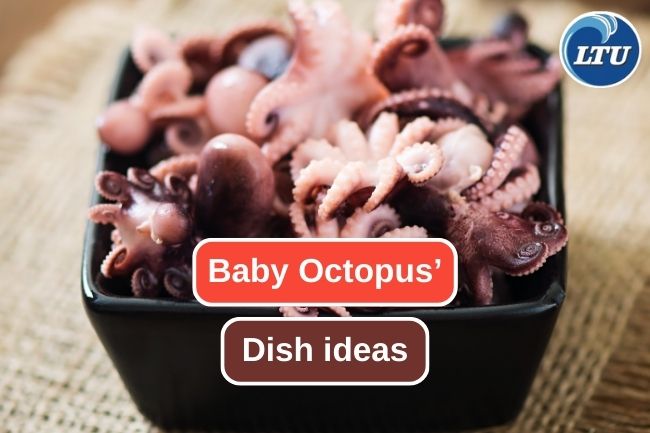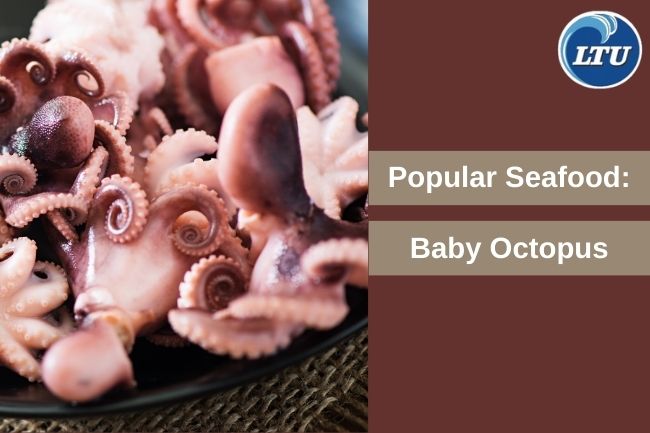5 Reason To Considerate Using Salting To Preserve Fish
By. Nevanda - 30 Jun 2023
lauttimur.com - Salting fish is a traditional method of fish preservation that has been used for centuries. This method involves coating the fish with salt, which helps to draw out moisture and inhibit the growth of bacteria and other microorganisms that can cause spoilage.
However, the fish salting method also has some drawbacks that need to be considered, including:
1. Time-consuming drying process
Fish salting involves drying the fish naturally or using equipment such as specialized dryers or ovens. The natural drying method takes a considerable amount of time, depending on the size of the fish and environmental conditions. It can take days or even weeks. Drying using specialized equipment also takes a longer time compared to other preservation methods.
Read also: Here Are 9 Steps Of Sardines Canning Process
2. Effect on texture and flavor
The process of drying fish can change the texture and flavor of the fish. Dried fish tends to become harder and have a different texture compared to fresh fish. The flavor of the fish may also change, becoming stronger and sometimes having a saltier taste. Some people may not like this change in the characteristics of the fish.
3. Limitations in storage
Fish that has been dried has a shorter shelf life compared to canned or frozen fish. Although it can be stored for a considerable period of time if stored properly, dried fish is susceptible to damage from moisture, air, or insect infestation. Therefore, it is necessary to maintain proper storage conditions to keep dried fish fresh and long-lasting.
Read also: Simple and Delicious Tuna Steak Recipe You Could Try
4. Susceptibility to contamination
During the drying process, moisture is removed from the fish, making it susceptible to contamination if not done carefully. Contamination by microorganisms or insects can occur if sanitation and hygiene are not maintained properly. Hence, it is important to ensure that the drying process is carried out in a clean and hygienic environment.
5. Limited variety of suitable fish
Not all types of fish are suitable for salting. Some types of fish may have high fat content or textural characteristics that are not suitable for drying. Fish with high fat content tend to be more susceptible to oxidative damage and spoilage during the drying process.
Despite these drawbacks, fish salting is still widely used because it has certain advantages, such as retaining fish nutrients and providing good preservation. However, it is important to pay attention to sanitary conditions, the quality of the fish used, and storage conditions so that the results of fish salting remain safe and of good quality.
Read also: Types And Causes Of Tuna Poisoning








